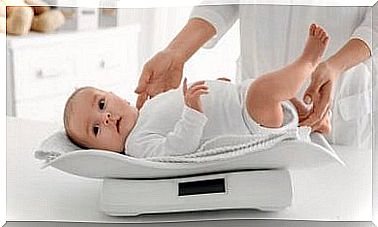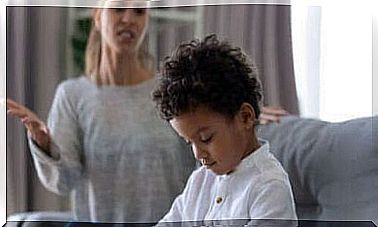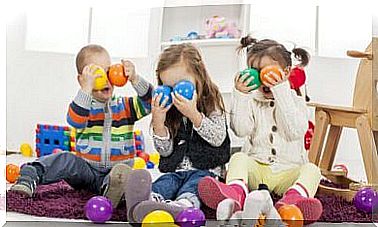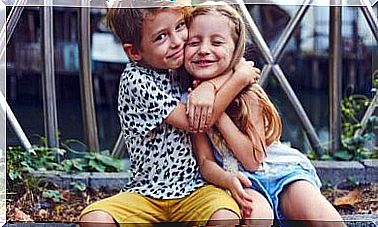Should Children Take Naps? Here Are The Pros And Cons!
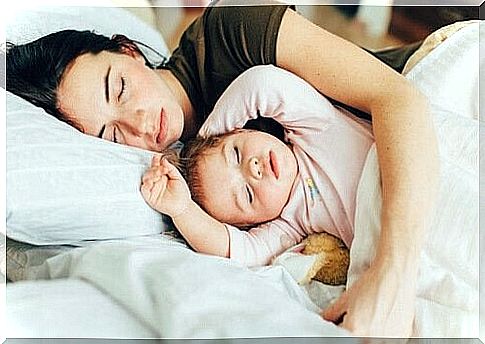
For parents, it is good to know the pros and cons of taking naps as a child. Taking a break during the day is a tradition in many families and communities.
However, children often do not want to take a nap, as they see it as a break in what could have been a time for play.
In general, this is something that varies quite a bit depending on each family’s habits. For example, if the parents are in the habit of resting for a while after lunch, the children usually imitate that behavior.
In other cases, especially in families that do not usually take a nap, children often reject the idea of resting in the middle of the day.
Which is then most to recommend? Below we will go through some of the pros and cons of taking naps.
Benefits of taking naps
1. They charge the batteries
This is the obvious thing that everyone can understand. But it is also true. Children are restless, frivolous and energetic by nature. Of course, at some point they need to replenish this energy, which decreases during the day.
Children deplete their resources, not only by running and playing, but also by thinking.
Childhood is a time for cognitive learning, and this also requires a lot of energy. Therefore, rest is needed, and taking a nap is a good way to satisfy this need.
2. They feel better mentally
Among the benefits of children taking a nap, there are many that are related to their state of mind. This short break helps the little ones to become more relaxed and to reduce their worries.
It is also the case that if they are less exhausted in the evening, they will sleep without suffering from the nervous periods of excessive fatigue. Therefore, they will sleep better at night.

3. Napping strengthens their memory and learning
When we sleep, a series of complex neurological processes take place in the brain, which are responsible for “processing” information that we have taken in before.
In children, this is even more necessary and important, because they are in a stage where their mind is “formed” based on several factors, such as their environment and their genetic conditions.
4. Improves their results
An almost inevitable consequence of all the above is the fact that if children take naps, it has a very positive effect on their school work, sports, and other activities.
It’s simple: in addition to having a brighter mind, they will also have more energy and positivity for each situation. That equation hardly gives any bad result.
Disadvantages of taking naps
1. Very counterproductive if they sleep too much
Everything is bad if it goes to exaggeration, and naps are no exception. According to what has been published in recent years, naps that are longer than 30 minutes – a figure that can be increased slightly for children – have a negative effect on night sleep.
In this way, sleep disorders such as insomnia, narcolepsy and more can occur. Therefore, it is advisable to limit the time for these rest periods during the day.
2. Napping can cause headaches
So-called hypnotic headaches mainly affect older people, but there may also be children who are genetically predisposed to suffer from it. Its intensity is usually moderate, but sufficient to undo all the normal benefits of this type of rest.
3. It may promote the spread of certain respiratory diseases
For example, those affected by COPD (chronic obstructive pulmonary disease) are prohibited from resting during the day.
The reason is that a muscle relaxation, which risks counteracting normal breathing, could occur. The consequences of this would be poor oxygenation of the blood, constant fatigue and difficulty breathing.
However, this is not a risk factor that includes all children. On the contrary – these are specific cases, which should still be taken into account.
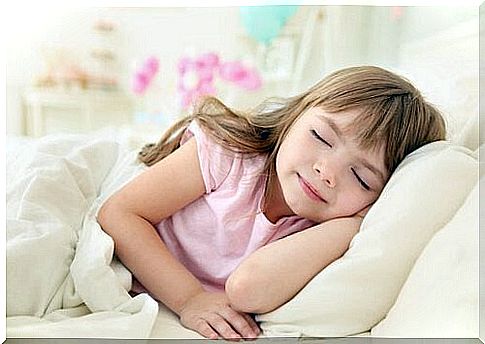
Tips regarding children’s rest
Finally, we would like to point out some recommendations when it comes to establishing the habit in children to take a nap:
- Do not force them: it will not do any good if you force them to do so. In order for them to be able to rest, they must want to do it themselves.
- Create the right environment: if your child takes a break while you, your partner or other children make noise in the home, it is unlikely that she will fall asleep. You need to create a calm environment.
- Make it a habit: it’s usually called that people are addicted animals. If the child gets into the habit of taking a nap at a certain time each day, it will be easier for them eventually.
In summary, the decision will be made by the parents and the children themselves. The main thing is to do what is best for the child’s well-being.
